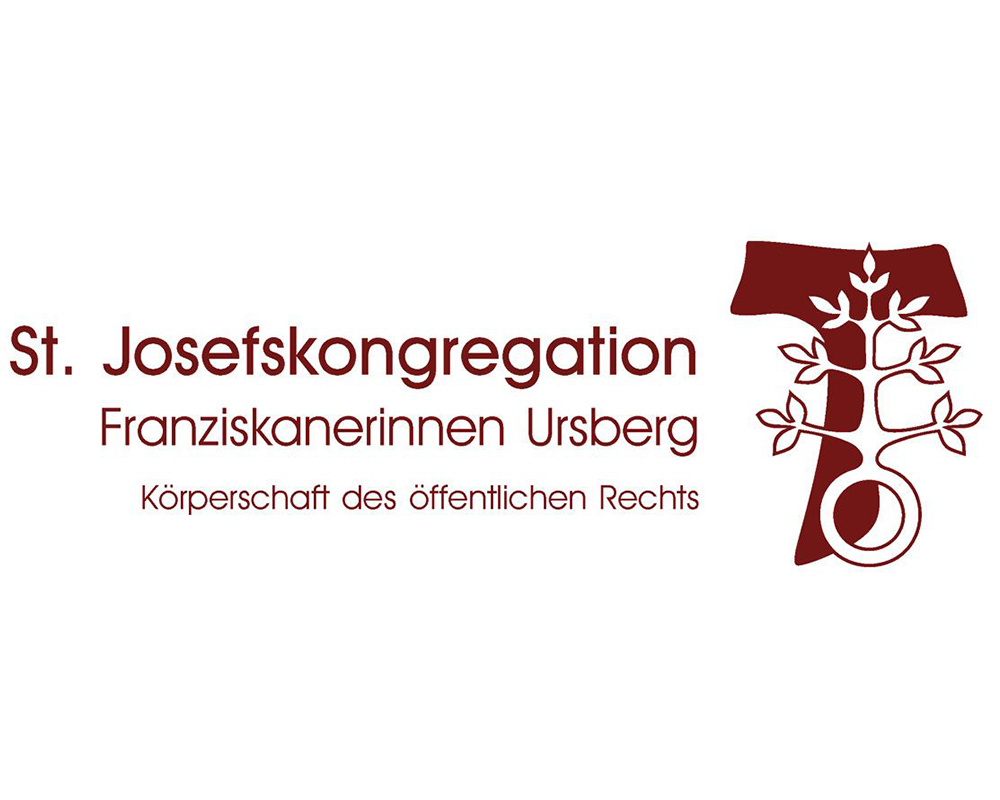History of the Health Spa Krumbad
The Krumbad is the oldest health spa in Swabia with more than 600 years of bath tradition. It is situated in the heart of Central Swabia not far from Krumbach. The quiet and secluded location in the middle of soft hills of the alpine upland with wide-stretching woods and meadows invites you to idyllic walks or hikes
In 1390 the jealous knight Ulrich von Ellerbach locked his wife Adelheid because of an assumed adultery into a barn which he put on fire. On the very spot where the knight burned the pious woman in the barn, a spring appeared which thereupon become the curative spring of the “Bad zu Lechsenried”.
In 1418 Wilhelm Sartor of Ursberg bought the „Bad zu Lexenried“. Until the secularisation in 1802, the bath remained the property of the imperial monastery Ursberg.
In 1595 already 120 diseases were recorded which this bath mixed with gypsum (“diß Bad vermisch with Gypss”) could heal. The physician Dr. Ruland from Lauingen had the first advertising poster printed on this topic. (today in the libraryof Nancy)
In 1633 the Krumbad was almost completely destroyed during the Thirty Years’ War; everything including the three bath tanks was stolen.
In 1758 a bath history of the Krumbad was printed by the Electoral Mainz’ court counsellor and medical attendant D. Joseph Ignatius von Bingen showing the results of an examination of the Krumbad Badstein and its healing powers. Further scientific reports with examinations of the spring and the siliceous peloid “Krumbad Badstein” were continuously conducted up until today and resulted in the state recognition as Peloid Health Spa Businnes (2001).
In 1802 the Krumbad became Bavarian; it became part of the assets of the Elector Maximilian of Bavaria.
In 1812 the merchant and mayor of Augsburg, Christoph von Zabuesnig, bought the Krumbad.
In 1832 Wolfgang Gresser took over the bath in exchange with an estate in Ursberg. His son Eugen Gresser sold it in 1891 to Dominikus Ringeisen, founder of the Ursberg instituition. Therewith a new rise of the bath began. New buildings and improvements followed.
From 1940 – 1945 bishop Dr. Johannes Baptista Sproll found refuge from the Nazis in the Krumbad after he was banished from his diocese in Rottenburg. During both World Wars the Krumbad was used as a special military hospital for soldiers suffering from rheumatism.
In 1981 the Health Spa Krumbad GmbH was founded. Since then the shareholders are the St. Josef’s congregation in Ursberg, the district of Swabia, the district of Günzburg and the city of Krumbach.
From 1983 – 1984 the swimming pool was built.
From 1986 – 1987 the formerly „in many heights interlaced” kitchen area and the café were renovated and newly constructed and the restaurant was modernized. The connecting wing which links the “castle” with the “upper cure house” was built and the rooms in the Adelheid castle were redesigned.
From 1988 -1989 renovations in the „upper cure house“ and in the chapel as well as redesign of the outdoor area. “The buildings must grow out of the green so that the baroque yellow unfolds its full potential“ was the proposition of the architect Konrad Kling.
In 1995 15 guest rooms in the attic of the „lower house“ were renovated to make them larger and equipped with bathrooms.
In 2000 the new exercise room was carefully integrated into the existing building complex without affecting the charm and atmosphere of the historic complex as a whole. The medicinal training therapy was established.
From 2000 – 2006 five new massage rooms and a new relaxation room with outside terrace were set-up. In addition, further modernisations with the Rasul bath, sauna and steam bath area.
In 2004 the vaults were renovated, a model Kneipp department was created as well as rooms for pack and water treatments in an atmosphere unlike any other nearby.
In 2006 a new and attractive entrance area was created: assistance, service, booking and scheduling are now combined at one spot.
In 2008 gastronomic capacities were reconstructed and extended. With the panorama restaurant, the winter garden and the terraces attractive possibilities for family and business events, conferences and workshops, reflection and retreat days and short rests were created. The Krumbad now offers more than 250 seats indoors and more than 250 seats outdoors, incl. the pavilions.
In 2011 the Krumbad was awarded „First Class“ (4 stars) by the DEHOGA (German Hotel and Restaurant Association) according to the hotel classification and was also certified according to ISO 9001:2008 in the same year.
In 2012 EFQM-recognition “Recognised for Exellence”. The energy supply was modernized by the installation of a block heating system.
In 2014 construction for the new therapy pavilion was started.
In 2022 10 new guest rooms were expanded in the castle.
In June 2023 the last three nuns left Krumbad. For more than 130 years they were the contact persons and companions for our guests and employees in every situation.
 DE
DE EN
EN



